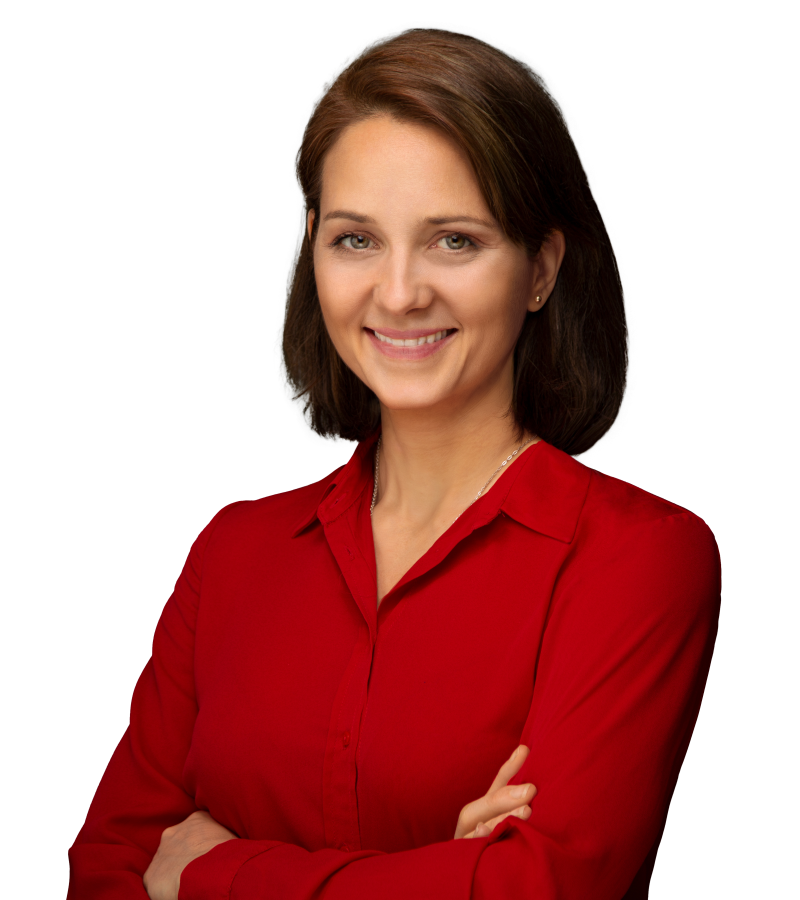The full innovation workshop lasts two days. The full scope makes sense if concrete product innovations, new services or the further development of business models are to be launched subsequently. The scope allows the participants to really delve deep into the innovation project, to let thoughts take effect overnight and to work on communication and team building in the evening hours. Team building is an important factor in creating a psychologically safe climate in which even abstruse ideas can be discussed. If the look into the future is to serve more as inspiration, discussion and stimulation, then the "time machine" innovation method can be shortened. Useful results can be expected after about three hours. The content and analytical depth, the number of iteration steps and the scope of the exchange between the participants are then reduced. The short format of the time machine is well suited for conferences, large corporate events or network meetings, for example.
The time machine is an innovation tool that thrives on diverse experiences. Participants with experience of the history of the product under consideration are important. Long-serving employees are a good source. Market understanding, customer understanding and the wider environment must also be covered. Sales employees, customers or partners in the value chain such as suppliers or intermediaries are suitable for this. Last but not least, technical expertise and experience are also required. Product developers, production and quality experts are a good target group. Depending on the industry, scientific expertise in physics, chemistry or electrical engineering may also be helpful. Overall, the diversity of experiences is important. This means as many different age groups, experience backgrounds, perspectives, genders, company affiliations and cultures as possible. This also includes the dimension "close to the product" and "far away from the product or company". This should prevent the Group from stewing in the juices of the internal company perspective.
For companies that want to work on specific product innovations, eight to 15 participants have proven to be the right number. During the workshop, small groups of three to five people will work together. There should be at least three participants. In conference setups, the number of participants can be scaled up almost infinitely if the focus is on the insights of the individual participants and not on the overall result developed.
What happens in the time machine is exactly what you would expect from a time machine. The participants travel into the future and draw a picture of what the product under consideration and society will look like then. The past is also traveled in order to focus on relevant developments and learn from them for the future. In order for the journey into the future to lead to good results, something more happens in the innovation workshop: psychological inertia prevents people from thinking the unthinkable and taking off the blinders they have long learned. These barriers are being systematically dismantled. Some refer to this as working on the mindset, the innovation culture or the psychological foundations of innovation. Depending on the objectives of the workshop, an intro from top management, an idea evaluation, a multi-generation plan or targeted customer interviews and customer cooperation are also part of the innovation time machine. The time machine looks at market and customer needs as well as technological developments. The time machine thus functions as a combination of market pull and technology push.
It would be foolish to draw linear conclusions about the future from the past. Learning from the past and shaping the future accordingly is a proven recipe for success. There are various bases for this. One basis is the realization that customer needs are very stable over time. The stagecoach essentially fulfilled the same customer needs as the smartphone does today. Even if the technical solution is very different. These customer needs are drivers of innovation. Today's products look the way they do because they are able to fulfill these customer needs better than other (extinct) products. If you know the drivers of innovation, you can already get a good idea of the future. Last but not least, there are laws of evolution for products, technologies, business models and other systems. These laws are similar to biological evolution and also help to predict future developments.
Product visions are the core result of the innovation time machine. "This is what the office light of the future will look like. Regardless of whether we develop it or the competition does" is a typical insight from the "Time Machine" innovation workshop. Depending on the workshop setup, the result can be a single, consolidated product vision, several visions for different parts of the product portfolio or a collection of contradictory future hypotheses that can later be tested on the market.
A uniform product vision provides a clear direction for development. The product vision is therefore a tool for creating focus within the company. This focus makes it easy for the development teams as well as marketing and sales to pull together and communicate clearly. In addition, the product vision provides a good basis for discussion as to why certain solutions should be pursued or rejected. This applies to technical solutions as well as communication modules in marketing or markets in business development. The product vision is a decision-making aid for everyday life.
Yes. The time machine is probably the most versatile innovation method of all. In addition to product visions, the future of business models, services or technologies can also be predicted. TOM SPIKE focuses on the prediction and development of B2B innovations. Specifically, we have already predicted the future for air travel, chemical preservation, wood coatings, formwork and scaffolding, pharmaceutical packaging, municipal waste management, the PR agency business model, fire protection systems, plastic fibers and much more. Even if TOM SPIKE does not specifically accompany this, the time machine can also predict social innovations, the future of democracy, the school system or child-rearing methods.
Two points in the innovation process are particularly suitable for using the innovation time machine. The early phase of search field processing and the middle phase after the start of a specific innovation project. The search field processing asks about the topics in which a company would like to be innovative. Not every company's product has the same potential for new innovations. This is where the time machine helps to work out what the products will look like in the future. This makes it easier to decide where to focus investments or what is less promising for the future. After the start of the "webcam of the future" project, for example, the time machine helps to recognize clear development trends, not to miss the development direction of the webcam and thus not to develop in the wrong direction. In addition, the time machine opens up the horizon and enables forward-looking, visionary innovations instead of incremental optimizations.




